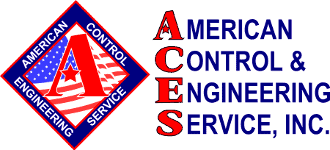THE MYSTERY
A manufacturer of specialized motors had an oven that was way out of calibration. The mid-sized electric oven, used to cure epoxy for motor windings, was 30º out of range, a huge discrepancy for an oven that’s rated ±2½ºF.
THE CLUES
The first thing the ACES Control System Investigator (CSI) noticed was that the temperature fluctuations seemed totally random. This led him to inspect the airflow of the mid-sized oven. A draft fan removed any gas buildup by keeping a negative pressure on the oven —this pressure should have been just enough to ensure that no gas escaped from the oven into the surrounding room.
When the CSI heard air whistling through the thermocouple wells he suspected swirling cool air drafts contaminating the thermocouple readings, which can mimic a faulty controller. Why was there so much draw on the oven?
The next line of investigation was the dampers. The CSI discovered that the exhaust dampers were cranked all the way open and the intake damper about half open, creating the big, windy draw. He adjusted the dampers to a more moderate draw, checked for air leaks, and then continued his troubleshooting.
THE PERP
After some sleuthing the CSI determined that the controller — a basic PID controller — had indeed gone bad and was irreparable.
In addition, the oven operators were in the habit of cranking open the exhaust damper when running at low temps of 180ºF, and closing them back down to run at higher temps of 450ºF. Since the oven had too much heat input on the low end, and not enough on the high end the operators found it necessary to make this manual adjustment in order to maintain their desired temperatures. Unfortunately this maneuver contributed to temperature fluctuations by sucking in drafts of cool air.
THE SOLUTION
The CSI installed a new, more robust controller complete with PID scheduling. This puts the burden of compensating for variable temperature targets on the controller, where it should be, instead of the operators tweaking the dampers.
With the new controller the oven is purring along within its range of ±2½ºF — and, as for the dampers, the operators just “set it and forget it.”
